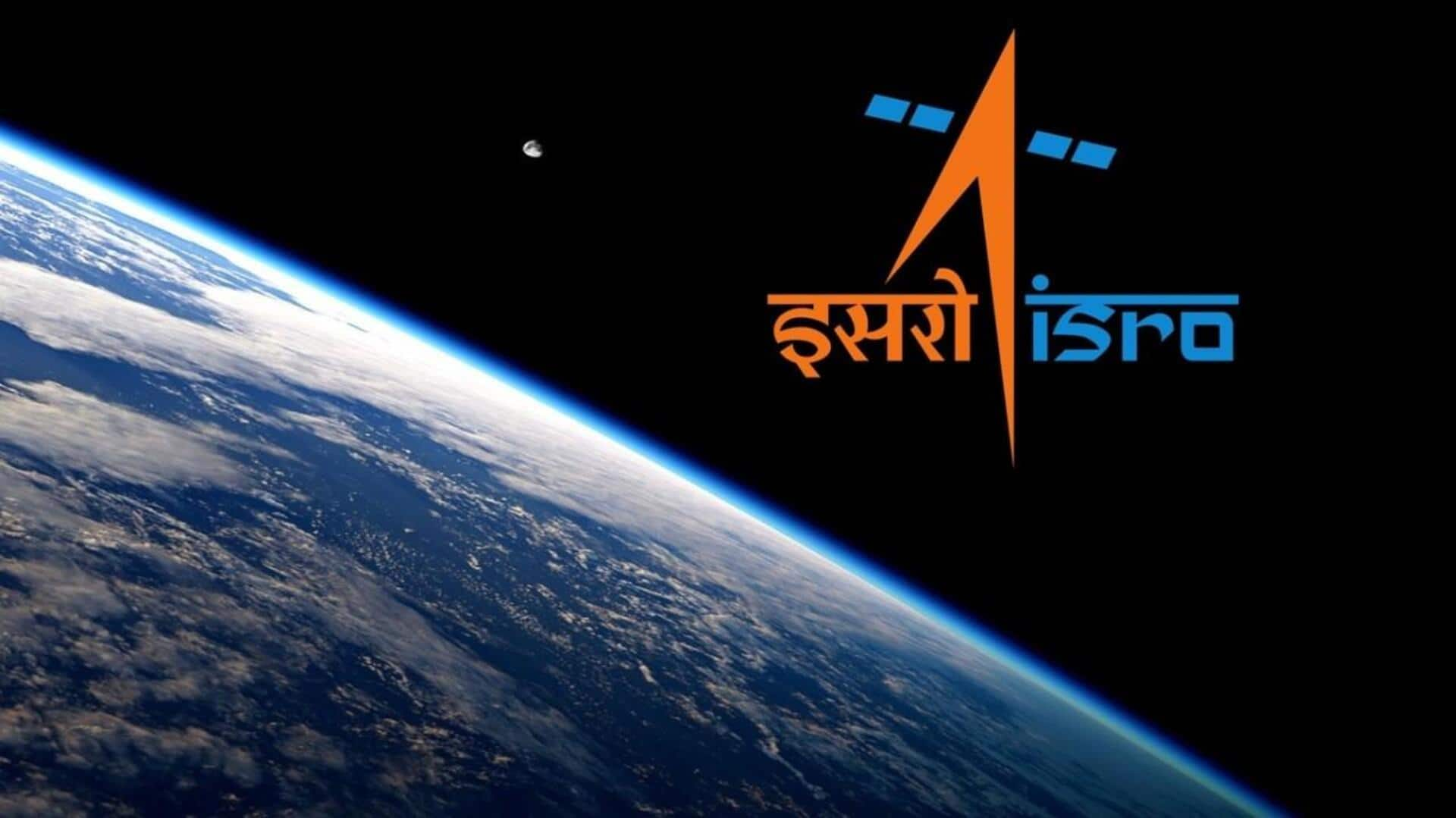
Union Cabinet approves ISRO's Chandrayaan-4, Venus mission, Indian space station
What's the story
The Union Cabinet has given the green light to several ambitious projects by the Indian Space Research Organisation (ISRO). These include an extension of the successful Chandrayaan mission, a Venus exploration project, and the development of an Indian space station. The approval also covers a next-generation launch vehicle. The announcement was made by Union Minister Ashwini Vaishnaw during a press briefing today.
Lunar exploration
Chandrayaan-4: ISRO's ambitious lunar mission
The upcoming Moon mission, dubbed Chandrayaan-4, aims to develop and demonstrate technologies for returning to Earth, after a successful lunar landing. The mission will also collect lunar samples for analysis and bring them back to Earth. These key technologies are crucial for India's future Moon landing planned for 2040. ISRO is expected to complete the development and launch of Chandrayaan-4 within 36 months, at an estimated cost of ₹2,104.06 crore.
Venus
Venus Orbiter Mission: A leap beyond Mars
The Venus Orbiter Mission (VOM) is another significant project approved by the Union Cabinet. This mission aims to deepen India's space exploration beyond the Moon and Mars, with a focus on Venus. The spacecraft will orbit Venus to study its surface, subsurface, atmospheric processes, as well as the Sun's impact on its atmosphere. The total budget for VOM is ₹1,236 crore with a scheduled launch date in March 2028.
Space station
Bharatiya Antariksh Station: India's own space station
The Union Cabinet has also sanctioned the construction of the Bharatiya Antariksh Station (BAS), marking India's entry into an elite group of nations with their own space stations. Development of the first module of BAS-1 and missions to validate technologies for making and operating BAS have been sanctioned. The Gaganyaan program will be revised to include these new developments, with a focus on finishing eight missions by December 2028.
Launch vehicle
Development of next-generation launch vehicle
The Cabinet has also approved the development of a new launch vehicle. The Next Generation Launch Vehicle (NGLV) will offer three times the present payload capacity of the LVM3, at 1.5 times its cost. It shall be designed to ferry up to 30 tons to Low Earth Orbit (LEO). The total approved budget for this project is ₹8,240 crore, with a target completion time of eight years for the development phase.